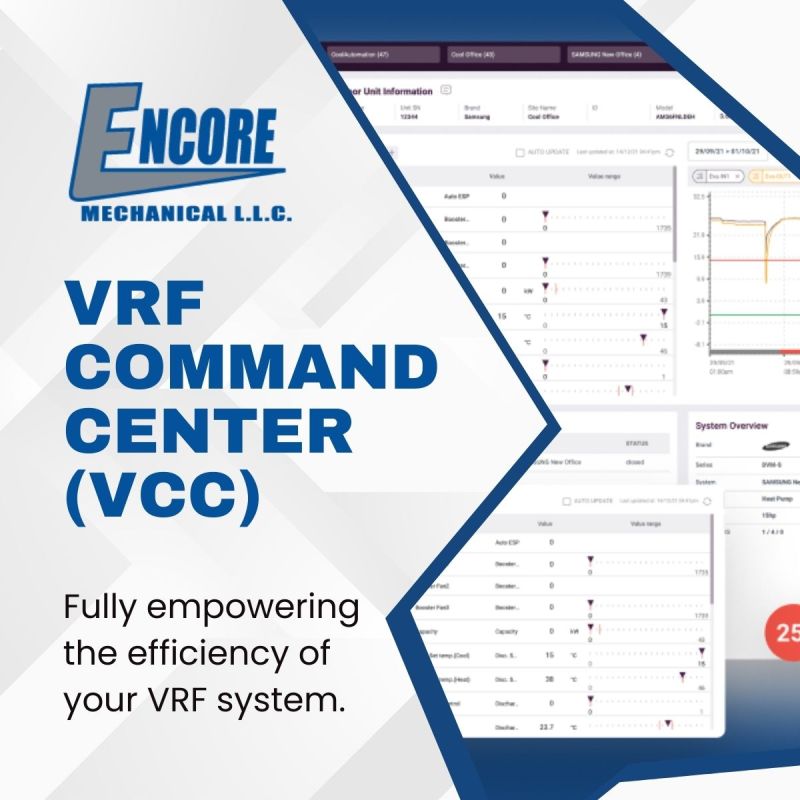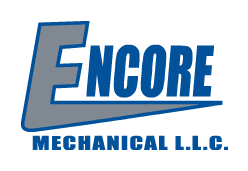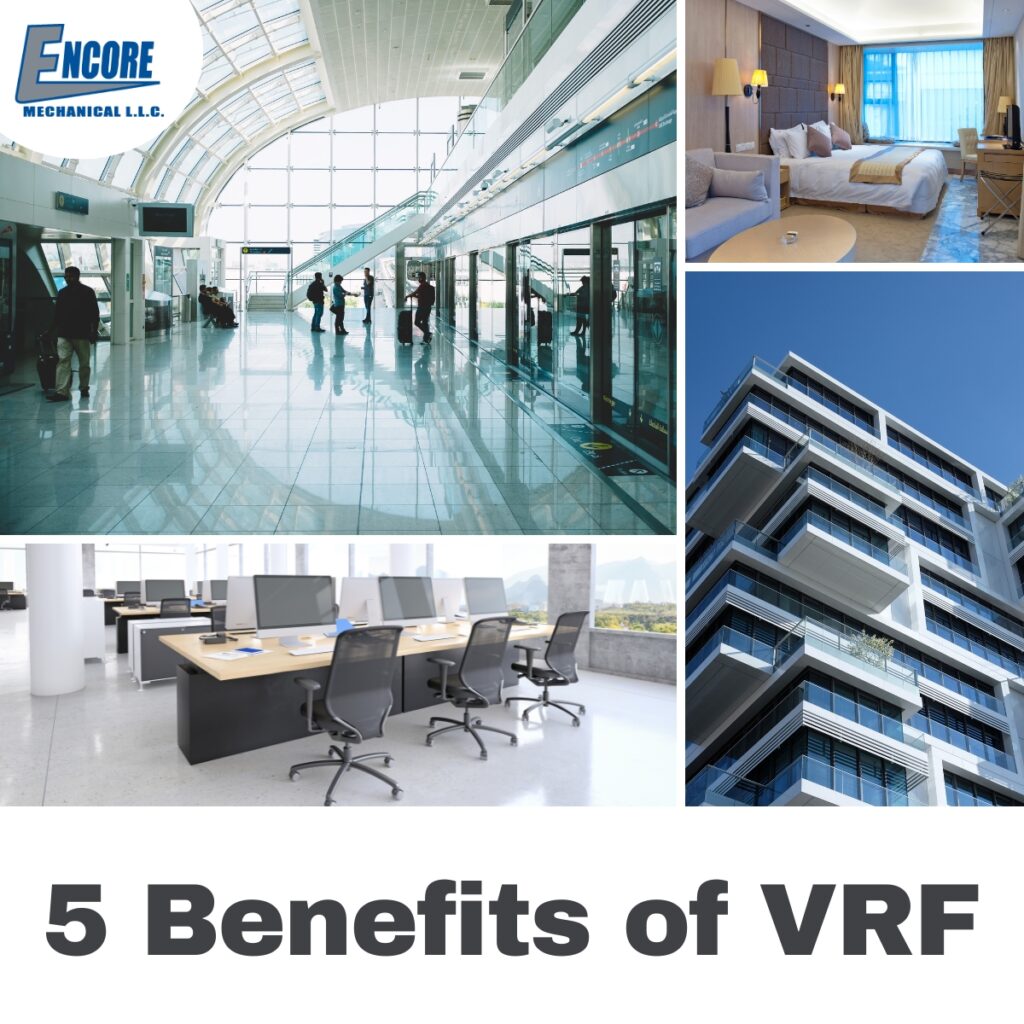Experience a new level of reliability and comfort over your commercial indoor climate!
When the Encore Mechanical VRF Command Center (VCC) is connected to your HVAC equipment our technicians are able to monitor, manage, maintain, and troubleshoot your system to the highest effectiveness and reliability.
Our cloud-based solution monitors where and when energy is being used. System problem and failure alerts are sent to Encore’s Command Center. From there, Encore will start troubleshooting remotely. If it’s necessary to dispatch a technician to your VCC-connected property, our technicians will have a more targeted strategy to resolve the issue in a timely manner.
The VCC remote service and diagnostic tools maximize the information available in analyzing on-site equipment performance. Our technicians will fine-tune issues while still at the office, and sometimes even resolve it without stepping foot on the rooftop. This means a shorter turnaround on getting your VRF system back to top performance.
No matter what VRF manufacturer or the number of years your system has been installed, our VCC is a game changer in ongoing VRF performance!
Curious to find out more? Please call us at 817-416-2881.




